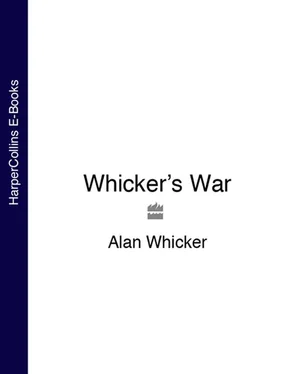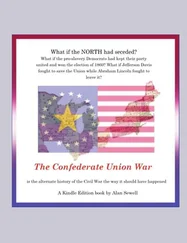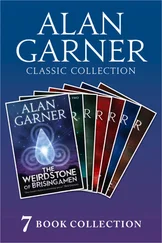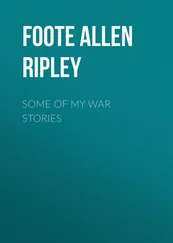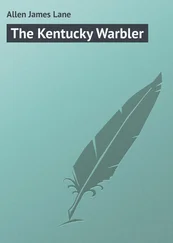At the start of World War II in the autumn of 1939, the War Office had sent one solitary accredited cameraman to cover the activities of the British Expeditionary Force in France. The powerful propaganda lessons of Dr Goebbels and Leni Riefenstahl had not been learned, so few pictures and no films emerged from that first unhappy battlefront. Neither the Guards’ stand at Calais nor the desperate rescue from Dunkirk was covered pictorially – just a few haphazard shots, to be shown again and again. The Government had not awoken to the power of a picture to tell a truth or disguise a defeat, and the Treasury refused to find money to equip a film unit. Public relations still meant bald communiqués handed down from HQ, and parades when inspecting Royalty asked something unintelligible.
Two years later the power of Nazi propaganda upon morale at home and among neutral nations had begun to permeate Whitehall. After questions in Parliament, the War Office was finally permitted to provide some pictorial coverage for newspapers and newsreels and, equally important, for the Imperial War Museum and History. This belated reply to the Nazis’ triumphant publicity was a grudging concession: the formation of a small active and responsible film unit. Its budget did not run to colour film which the Americans used, of course. Ours was to be a black-and-white war.
The Treasury also refused to pay for recording equipment, so we shall never hear the true sound of Montgomery leading the Eighth Army into battle, nor the fearful might of Anzio Annie, nor Churchill addressing the victorious First Army at Carthage.
The original Army Film Unit, 146 strong, had been sent to Cairo to cover the Middle East – then regarded as extending from Malta to Persia. It had 60 cameramen, half always to be on duty in the Western Desert. Their pictures of the Eighth Army in action began to filter home. They remain classic, as does their first feature film for the cinema, Desert Victory , edited at Pinewood from their collected footage. Churchill was proud to present a copy to President Roosevelt. Later there was Tunisian Victory. In this respect at least, the Treasury was edging slowly and reluctantly into the 20th century and becoming aware of the power of propaganda to influence the thoughts, decisions and spirit of nations.
War, we now know, is the most difficult event in the world to photograph – even with today’s brilliant technology and miniaturisation. Audiences have grown accustomed to John Mills ice cold in Alex and John Wayne capturing a plaster Guadalcanal in close up and artificial sweat while smoke bursts go off over his shoulder and are dubbed afterwards in death-defying stereo. Just watch Tom Hanks storming Normandy. Terrifying. So viewers are not impressed by a tank in middle distance and a couple of soldiers hugging the dirt in foreground – even though at that moment real men may be shedding real blood.
Reality can be dull, unreality cannot afford to be; yet should a cameraman get close enough to war to make his pictures look real he is soon, more often than not, a dead cameraman.
The second film unit, which I was joining, was formed to cover the new southern warfront in North Africa and the threatened battlefields of Europe. To provide Britain and the world with an idea of the life and death of our armies at war, the No 2 Army Film and Photo Unit eventually took 200,000 black-and-white stills and shot well over half-a-million feet of film. We were busy enough.
To get those pictures, eight of the little band of 40 officers and sergeant-cameramen were killed and 13 badly wounded. They earned two Military Crosses, an MBE, three Military Medals, 11 Mentions in Despatches – and, eventually, a CBE. Today, any picture you see of the Eighth, Fifth or First Armies in action was certainly taken by these men.
The sergeant-cameramen worked under a Director – a Captain or Lieutenant – and travelled the war zones in pairs, with jeep and driver. Their cine footage and still pictures were collected as shot and returned to base for development, and transmission back to London. By today’s standards their equipment was pathetic – any weekend enthusiast would be scornful. Each stills photographer was issued with a Super Ikonta – a Zeiss Ikon with 2.8 lens, yellow filter and lens hood. Each cine man covering for newsreels, films and television-to-be had an American De Vry camera in its box – a sort of king-size sardine tin – with 35mm, 2” and 6” lens. No zoom, no powerful telephoto lens, no sound equipment; effects would be dubbed in afterwards – usually to stirring or irritating music, with commentary written in London.
To get a picture of a shell exploding the cameraman needed to will one to land nearby as he waited, Ikonta cocked. If it had not been fatally close, he would shoot when smoke and dust allowed, otherwise the explosion which could have killed him would be invisible on film. A German tank had to be close and centre-frame before he could take a reasonable shot – by which time the tank might well take one too, more forcibly. A long life was not in the script. So, ill-equipped but confident, we went to war.
HIS MAJESTY GOT A WRONG NUMBER…
It certainly began badly for Britain. In 1940 France surrendered and we were driven out of Europe. Hitler ruled the Continent, Italy and Japan declared war upon us. Only in Africa did we eventually taste victory, at El Alamein and Tunis. But now in ’43 we were starting our return journey to Europe in gathering strength alongside our new American ally.
The Army Film Unit approached the recapture of Europe by a rather circuitous route, it seemed. Small enough to start with, it had been split into even tinier segments as we went to war alone, or in pairs, and approached Hitler’s European fortress surreptitiously. We knew that convoy sailings were top secret, and at our Marylebone hotel faces now familiar would suddenly disappear without a word. There were no Going-Away parties.
When it came to my turn, I sailed from the Clyde one bleak January night in the 10,000-ton Chattanooga City , with a shipful of strangers. We still did not know where we were going, but it had to be towards warmer waters to the south. Our convoy formed up and we joined a mass of other merchantmen and a few escorting frigates and destroyers, heading out towards the Atlantic and the threatening Bay of Biscay at the sedate pace of the slowest ship.
This did not seem reassuring, since the U-boats were still winning the Battle of the Atlantic. We had a lot of safety drills, though felt rather fatalistic about them. Convoys would never stop to pick up survivors after a ship had been torpedoed. The escorts would not even slow down – so why bother with life jackets? The outlook was grey, all round.
There must have been 30 ships in our convoy, but only a couple were torpedoed during the voyage. Both were outsiders, steaming at the end of their line – so seemingly easier targets, less well-protected. The U-boats attacked at night – the most alarming time – yet the convoy sailed on at the same slow steady speed as though nothing had happened. Our escorts were frantic – and the sea shuddered with depth charges as we sailed serenely into the night. Two shiploads of men had been left to their wretched fate in the darkness.
Our ship was basic transport, with temporary troop-carrying accommodation built within its decks. The Officers’ Mess – one long table – was surrounded by bunks in cubicles. Meals, though not very good, were at least different, and plentiful. Most of the officers were American, so we passed much of the following days and nights playing poker. This was a useful education.
When we reached the Bay it was relatively peaceful, though with a heavy swell. On the blacked-out deck I clung-on and watched the moonlit horizon descend from the sky and disappear below the deck. After a pause it reappeared and climbed towards the sky again. I was stationary, but the horizon was performing very strangely.
Читать дальше
